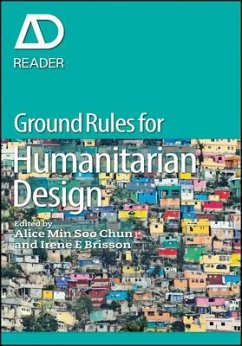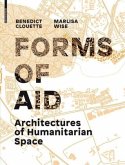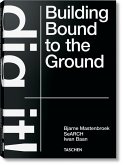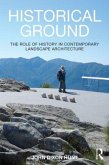Today, the ambition to provide humanitarian architecture for areas in acute need - whether afflicted by disease, poverty, conflict or ecological disaster - is driving design innovation worldwide among practitioners and educators. While still at college, many North American and European students are being given the opportunity to participate directly in programmes that provide vital facilities for communities abroad. Ground Rules for Humanitarian Design seeks to provide parameters for engagement at a time when these international initiatives remain largely ad hoc. Through the publication of technical and theoretical writings on the subject, this anthology establishes foundations for thinking about design and its role in development for global change. Ground Rules for Humanitarian Design provides an indispensable resource for designers, academics, and humanitarian organisations faced with building after disaster and engaged in the search for the sustainable inclusion of cultural code and compassion as a technology for design innovation. The integration of culture, art, architecture, economy, ecology, health and education, are absolute necessities for design and architecture. The book is organised into distinct sections, with contributions from experts on the topics of land, health, water, ecology, local materials and skills, housing, education and planning. Richly illustrated, this publication combines graphic documentation of projects, maps and data-tracking developments in the Americas, Asia and Africa. The content is underpinned by an opening section that defines humanitarian design even as this term evolves in practice.
Hinweis: Dieser Artikel kann nur an eine deutsche Lieferadresse ausgeliefert werden.
Hinweis: Dieser Artikel kann nur an eine deutsche Lieferadresse ausgeliefert werden.








